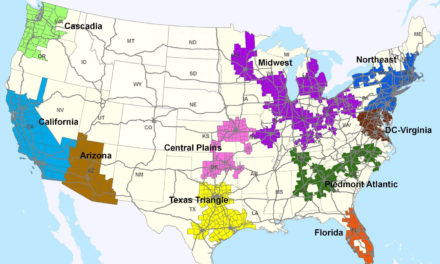If all goes as it should, in a few years a museum celebrating the work of William Eggleston will open in Overton Park in Midtown, the heart of the Memphis arts community. No other visual artist from Memphis has had such a profound effect on the fine arts. Arguably, no other American photographer has had such an important impact on photography as Eggleston. The possibilities for the museum to connect his Memphis roots with a global audience are boundless, and the potential for an Eggleston museum to benefit Memphis is equally large. His influence and importance to the world of photography is that huge.
William Eggleston was one of the first photographers to do critically acclaimed work in color. In the late 70s, Eggleston had the first solo exhibition of color photographs at the Museum of Modern Art in New York City. This was after having received a Guggenheim Fellowship, a National Endowment for the Arts Fellowship, and an appointment as lecturer at Harvard. He pioneered the dye transfer method for achieving a rich saturation of color in his prints, and steered the whole of photography towards his own brand of naturalistic subjects.
Like the Swiss photographer Robert Frank, who Eggleston was influenced by but later surpassed in prominence, Eggleston’s photos focus on the everyday objects found around him – which means that a lot of the Mid-South will be up on the walls of the museum. Eggleston likes to say that he choses his subjects “democratically,” that is, he doesn’t pass judgment on what is or is not worthy of the camera’s gaze. Staying away from flashy subjects allows Eggleston’s photographs to capture and display the internal aura that all things have, treating their color and composition with as much pomp as any of the other lofty subjects in the photographic tradition and elevating the mundane to their rank. This is precisely the kind of artwork that a city should be proud to call its own.
In addition to celebrating a hometown art world legend, hosting an Eggleston museum could help lift Memphis’ whole profile. Memphis is a city where our architecture is overwhelming insular and traditional. We have no major structures by internationally celebrated architects. But with this museum, we will have an opportunity to attract an architect whose vision could shift the architectural tone of all of Memphis. Since the Eggleston collection is so strong, hosting it in a gorgeous, high-profile building could act like a magnet for tourism. Like the Walker Museum of Art in Minneapolis and the Milwaukee Art Museum did to their cities, a world-class museum would elevate the whole of Memphis’ skyline.
By restricting the museum’s scope to a single artist, we also benefit from that artist’s focus on a primary medium – in this case, photography. Most other regional museums attempt a broad range of exhibitions across multiple media, but the Eggleston Museum would stand out for its concentration on photography (though Eggleston has said he wants to display work by painters who influenced him, too). It would also serve as a showcase for post-war developments in the art world which the Mid-South is lacking a venue for, as our local art institutions rarely celebrate modern art at all. Additionally, by keeping its focus on photography the museum has the opportunity to attract corporate sponsors that are specifically connected to the photography world (camera manufactures, software companies, schools, film manufacturers, etc).
Offering classes in photography, much like the San Francisco-based Harvey Milk Photo Center or Photo Alliance do, will bring the skills required for photography to a large group of Southerners by first bringing them into the museum. As the photography world becomes more digitally focused, we are starting to see a return to darkrooms and the art of actual film. This specialized knowledge will be on display in the exhibition section of the museum and should be accessible to students in a classroom as well. Students would have a unique opportunity to study techniques Eggleston pioneered, along with access to his massive archive of prints.
After their initial flurry of announcements, Alamos Corp. (a nonprofit founded to create the museum) and the Eggleston trust haven’t been heard from much. The benefits of a museum like this are so overwhelming, and the opportunity so rare, that Memphians can only hope their elected officials and corporate leaders are acting as quickly as possible. In addition to boosting civic pride, a museum dedicated to William Eggleston would provide the entire Mid-South with an entry onto the art world’s map. William Eggleston, with his transformation of commercial photographic techniques into high art, his “democratic” view of objects and his Memphis roots, is the perfect anchor for such a museum, and the positive signs from the Memphis community are cause for celebration.
Walker Museum Minneapolis (top) Milwaukee Art Museum (below)




Dream on……o